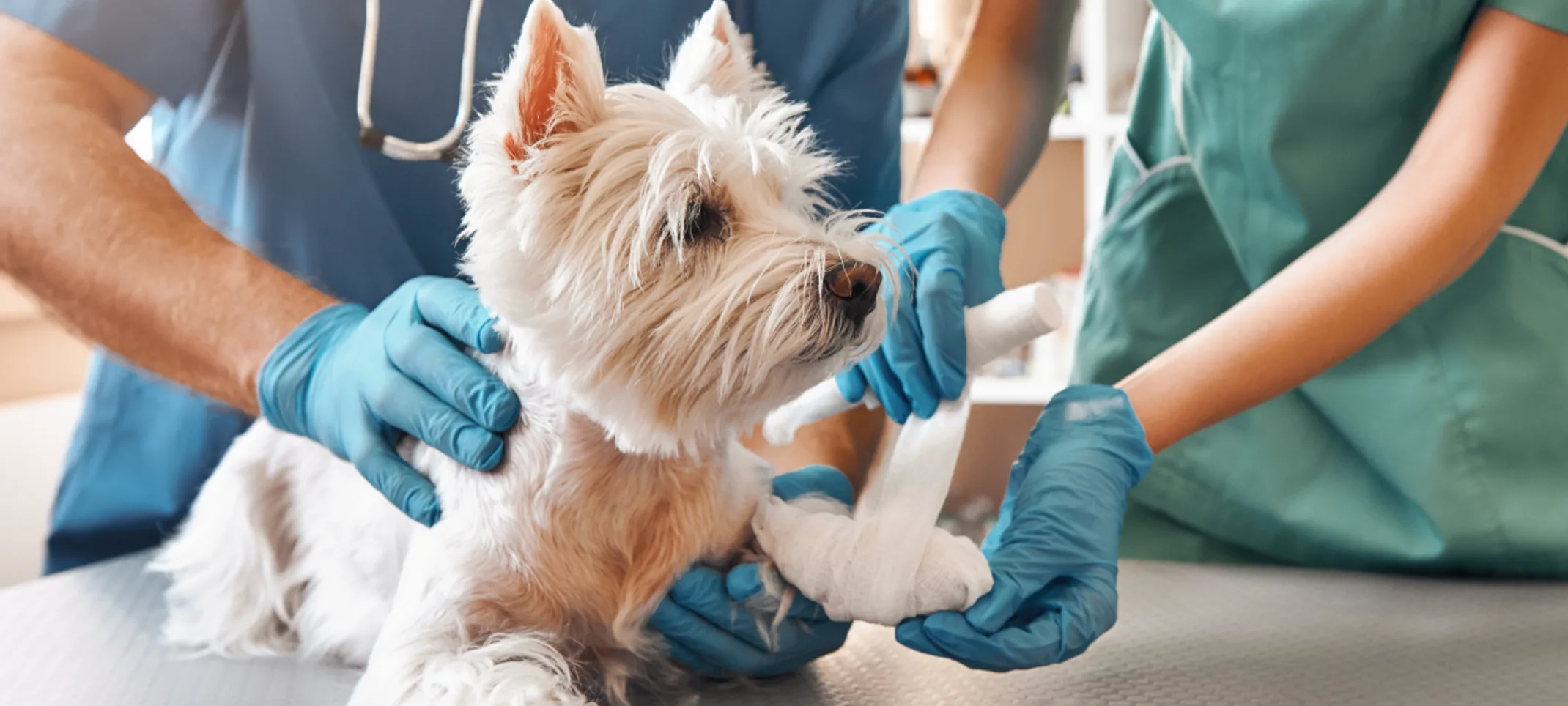Buckner Animal Clinic
Diagnostics
Even though we might wish otherwise, our pets can’t talk to tell us what’s bothering them. Instead of trying to play guessing games, Buckner Animal Clinic uses state-of-the-art technology to better understand your pet’s health.

YOUR PET’S HEALTH UNDER A MICROSCOPE
Even though we might wish otherwise, our pets can’t talk to tell us what’s bothering them. Instead of trying to play guessing games, Buckner Animal Clinic uses state-of-the-art technology to better understand your pet’s health. We’re able to diagnose your pet’s ailments quickly, which enables us to treat them faster so they get back on the road to a happy, healthy life.
Even when your pet isn’t feeling unwell, regular diagnostic testing can tell us a lot about your pet’s overall health. We use laboratory testing to help us understand what’s “normal” for your pet, which allows us to identify changes in their health before it becomes a bigger issue. We use the latest veterinary diagnostic tools in Dallas to make sure your pet is getting exactly the treatment they need.
Call (214) 388-4889 to book an appointment for a general wellness exam. Our Dallas veterinary team is here to support your pet’s quality of life.
DIAGNOSTIC TESTING AT BUCKNER ANIMAL CLINIC
We use a variety of diagnostic tools to test your pets at Buckner Animal Clinic. Our Dallas veterinarians might use these tools during your pet’s regular wellness exams in addition to when they are feeling under the weather.
We offer the following diagnostic services:
Basic bloodwork
Fecal checks
Urinalysis
X-ray imaging
Ultrasounds
RADIOLOGY IMAGING SERVICES
There are times when a simple blood test or fecal check doesn’t tell us everything we need to properly diagnose your pet’s condition. Radiological imaging via x-rays or ultrasounds provide us with a closer look inside your pet, which can help tell us what is bothering them.
X-rays help us see the solid parts inside your pet’s body, like bones and muscles, while ultrasounds help us see the soft tissues inside of your pet’s body, like organs. The advantage to both of these diagnostic tests is that they’re completely pain-free and non-invasive. Radiological imaging is a great choice for diagnosing your pet when a simple physical or visual exam won’t suffice.
USES FOR X-RAYS
X-ray imaging is best used to take a closer look at bones and dense tissues like muscles. X-rays produce highly detailed still images which can be printed on film or viewed on a computer monitor.
X-ray imaging can help show:
Broken bones
Traumatic injuries
Foreign objects
Tumors
X-rays do expose your pet to a small dose of radiation, but are considered very safe when properly used. Some pets may need to be sedated so that they can lie still for a clearer picture.
USES FOR ULTRASOUNDS
Ultrasound imaging is best used to inspect soft tissues, like organs or blood vessels. Ultrasounds can produce either still images or real-time moving images.
Ultrasounds can help show:
Lumps or masses
Pregnancy
Organ damage
Components of the cardiovascular system
Unlike x-rays, ultrasounds do not use radiation to produce images, so they are suitable for use on delicate tissues or for monitoring developing fetuses.

